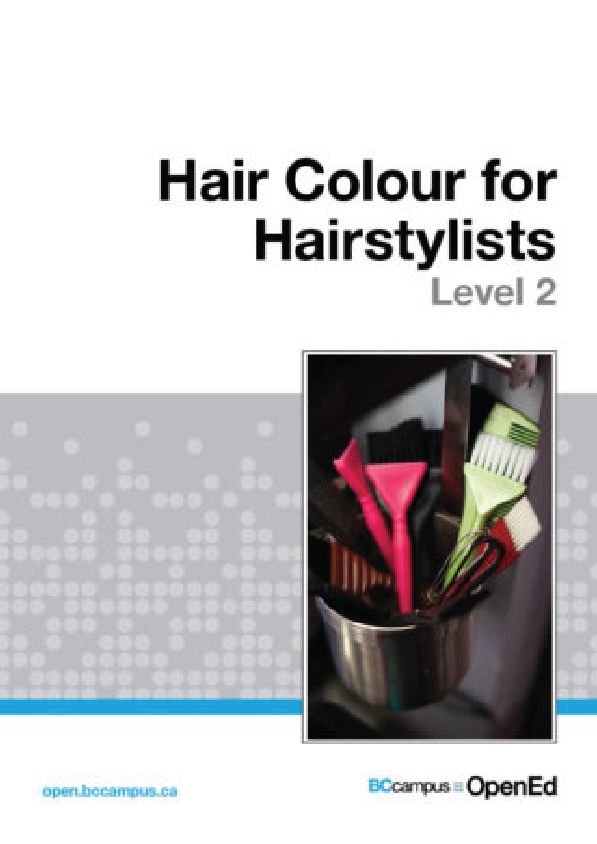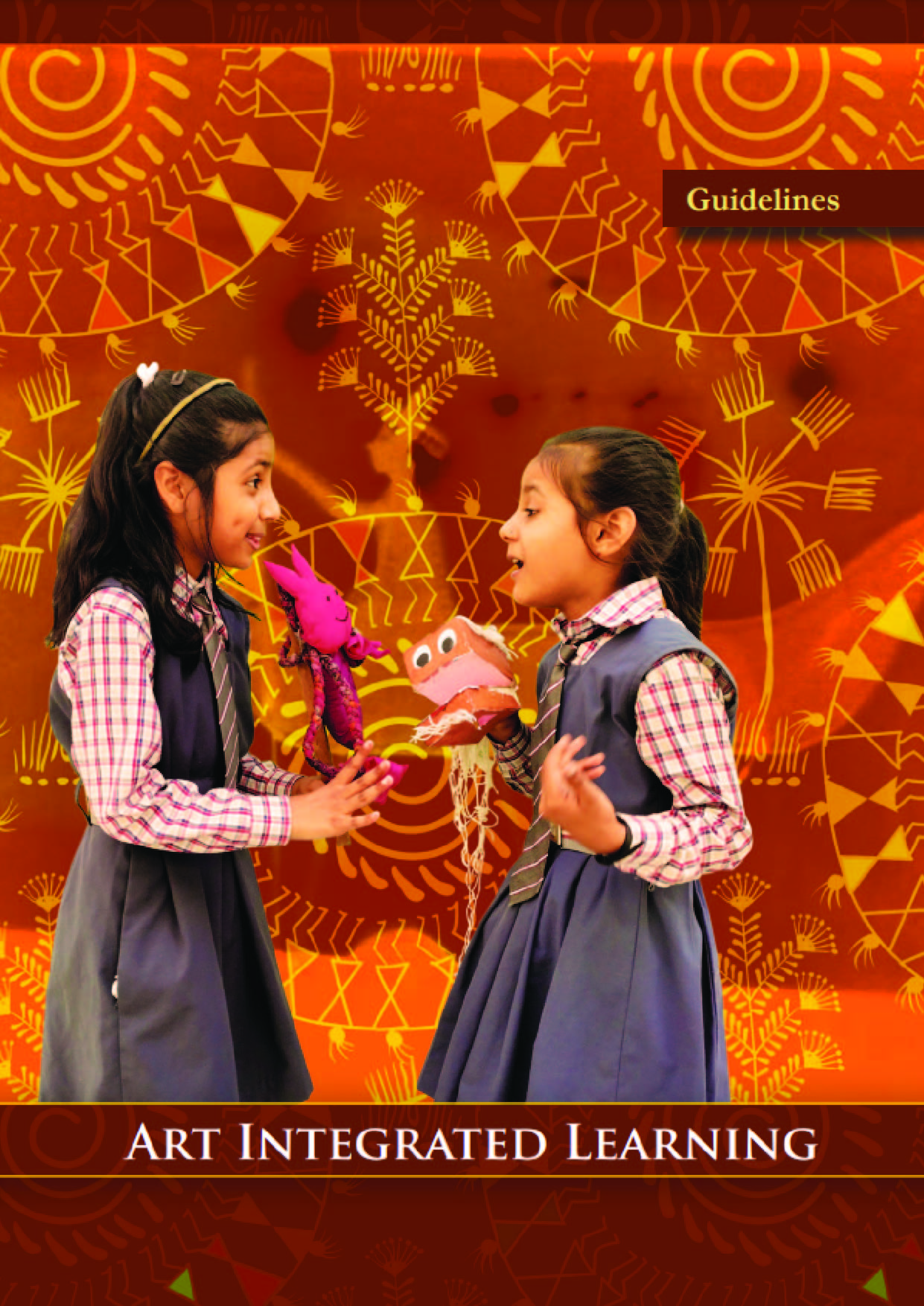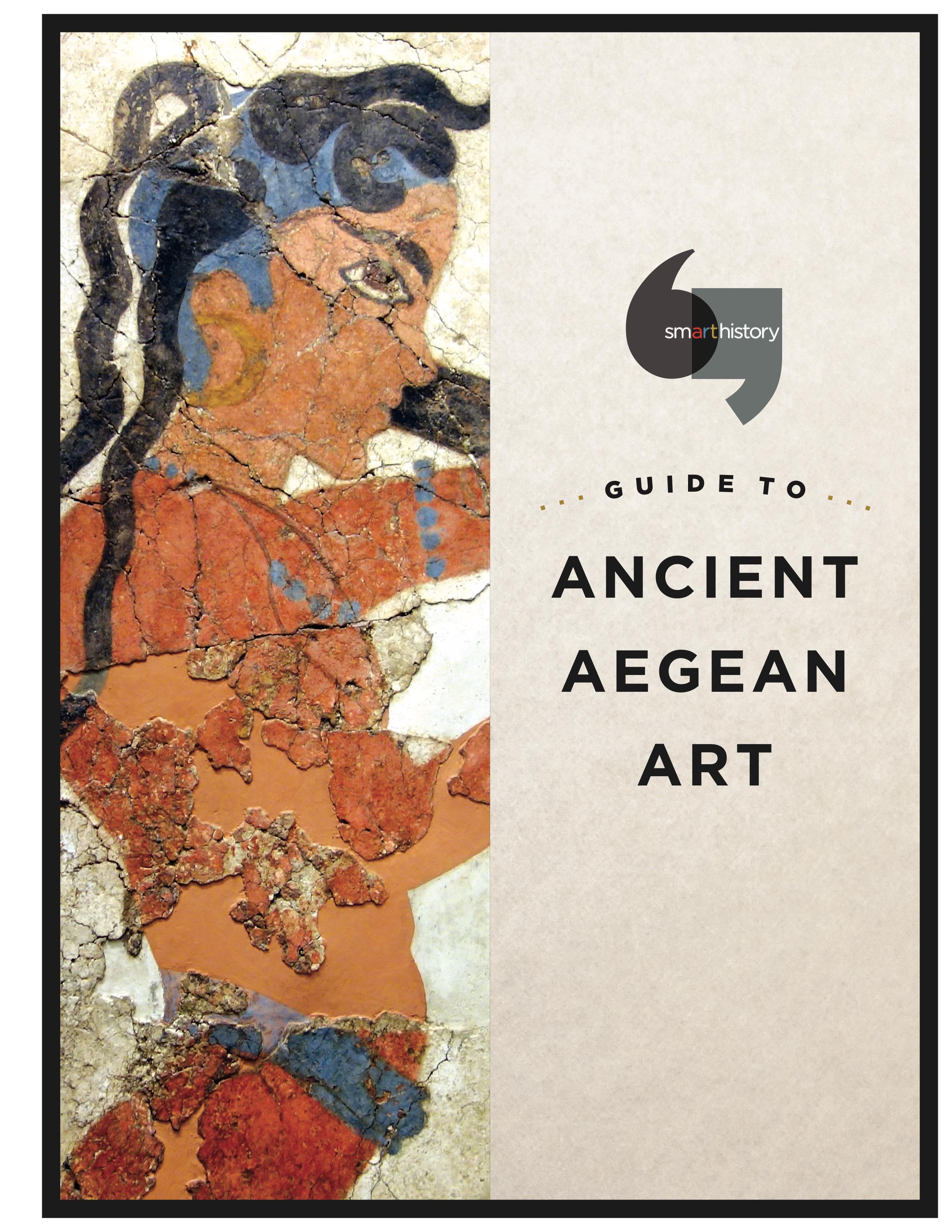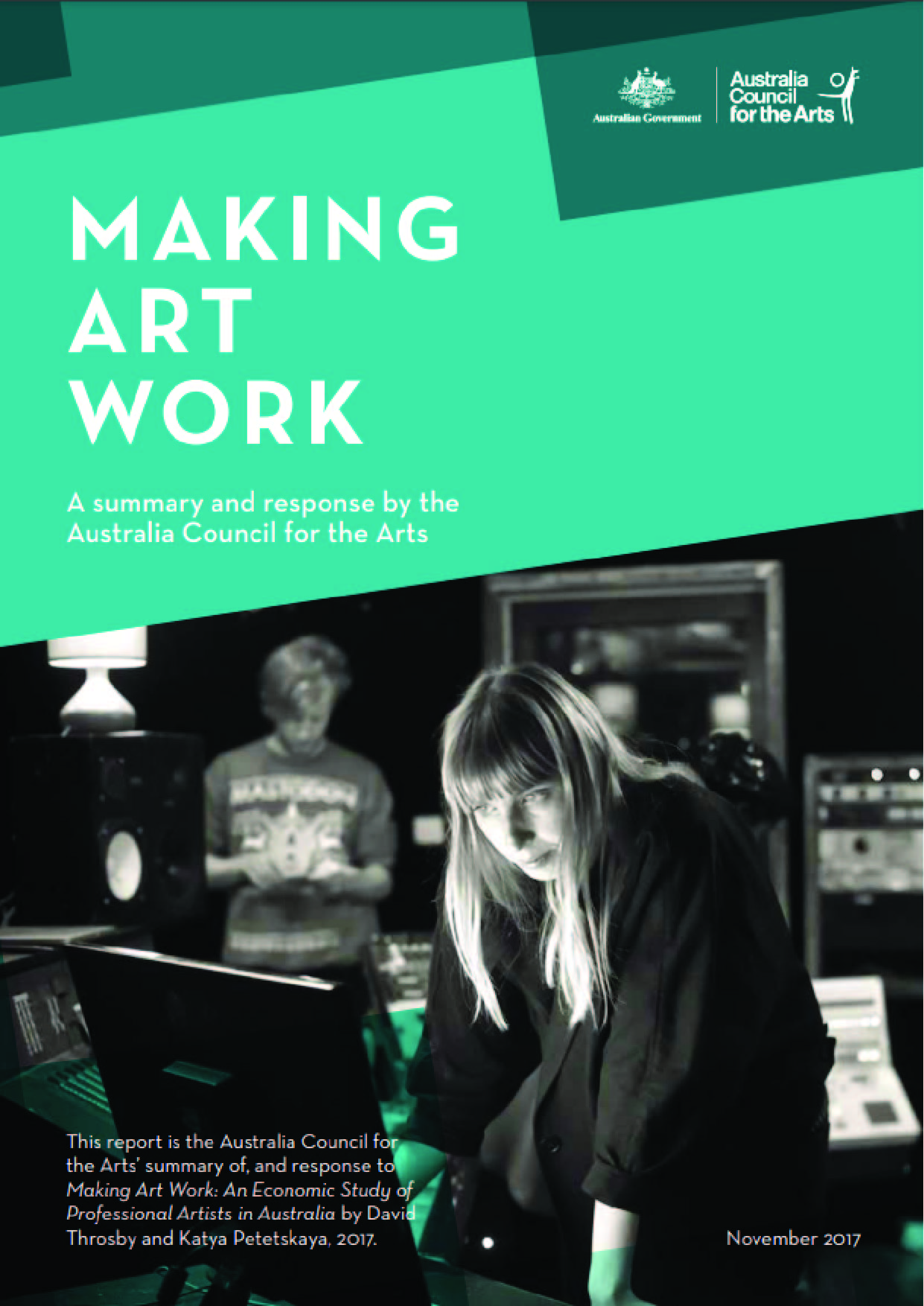Hair colouring is one aspect of hairdressing that is ever-evolving due to constantly changing trends. A true colourist can confidently pull from the basics and adapt to new techniques and the needs of industry.
This manual serves as a guide for apprentices who desire to stretch beyond their foundational colour knowledge and skills so as to reach a higher level of competency. This text will walk the stylist step-by-step through many current and advanced techniques used in the industry today.
Whether you have completed a Hairstylist Foundations program, Apprenticeship program, or are currently enrolled in Hairstylist Level 2 or equivalent, this resource will be valuable to you.
Topics covered in this resource include:
- How to perform a thorough colour consultation, which revisits and builds upon the basics of trichology and colour theory.
- How to select, formulate, and apply various non-oxidative and oxidative colouring products and lighteners, based on a thorough consultation and advanced hair analysis.
- How to extend beyond basic colour placements to create truly customized colouring and foiling outcomes.
- How to select and perform an advanced hair painting service.
- How to sequence and perform an advanced colour correction service.
To become a great hair colourist, you must understand the basics of colour theory and trichology. Once you have a solid understanding how colour works and how hair behaves, you will gain the confidence to get more creative with your formulating and placement.
This chapter serves as an important recap of colour theory and colour-relevant trichology, along with the basics of non-oxidative and oxidative colouring products. These principles are fundamental to your success as a hair colourist and this section aims to prepare you for what is to follow throughout this manual.
The position of each of these colours on the wheel indicates its tone. In the graphic above, the left side of the colour wheel contains our cool colour tones (green, blue-green, blue, blue-violet, violet, and red-violet), while the right side contains our warm colour tones (red, red-orange, orange, yellow-orange, yellow, yellow-green).
Colours that sit directly across the wheel from each other are called complementary colours. Mixing two complimentary colours together will create a brown or grey colour result. Voila! Our natural, neutral hair colours are born!
Level
The level of hair colour is the darkness or lightness of colour in relation to itself and other colours. Level is the direct result of how these colours are mixed.
For example, what happens if you have an abundance of blue in your mixture? Or an abundance of yellow? Because blue is the darkest of the primary colours, an abundance of blue creates our darker levels. Yellow is considered the lightest, and so a majority of yellow in our mixture results in our lighter levels.
Universally, hair colours exist from a level 1-10, with 1 being darkest and 10 being lightest. Some colour manufacturers may use a 1–12 system, with 12 being the lightest colour level.











